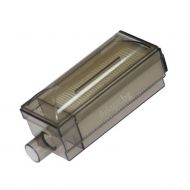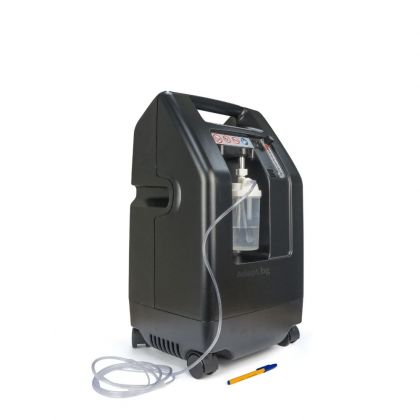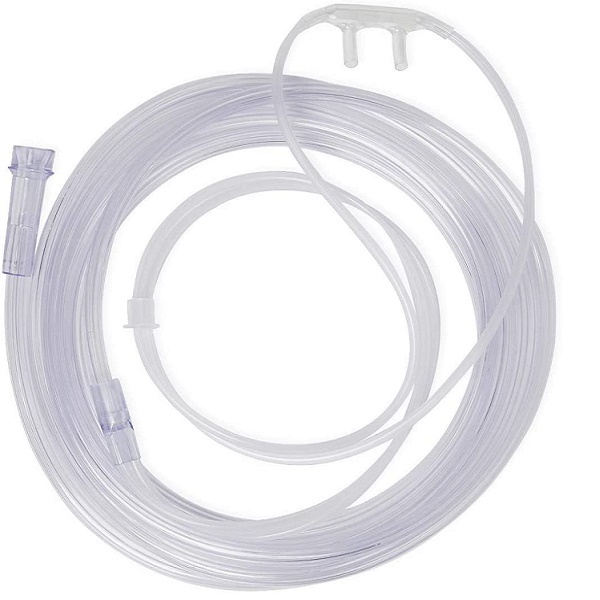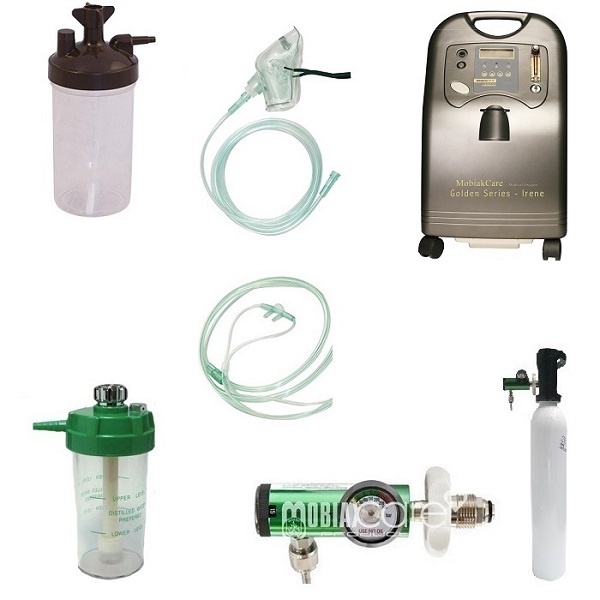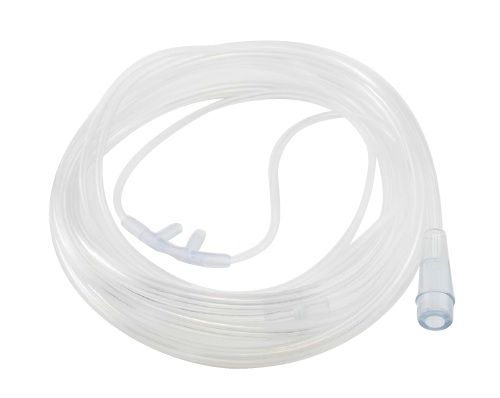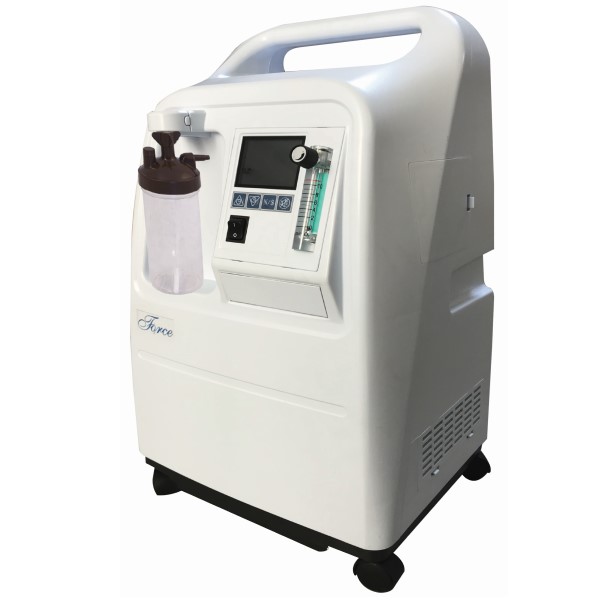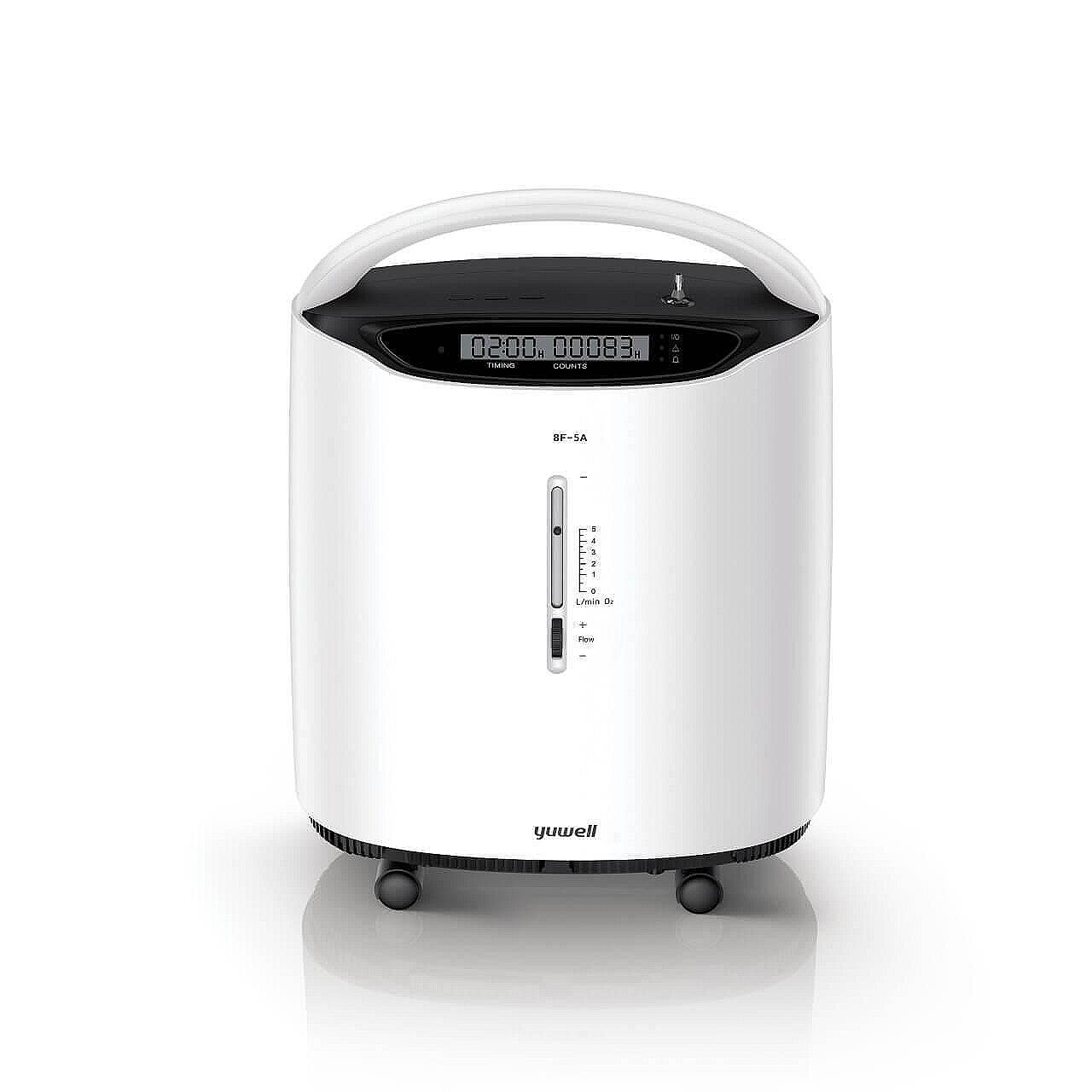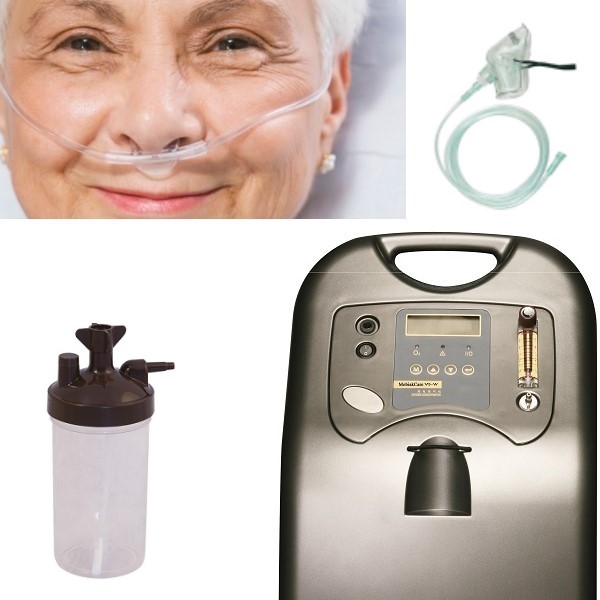
Отстъпка Бутилка с вода овлажнител за кислороден концентратор овлажнител кислороден концентратор бутилка чаша генератор на кислород аксесоари - Потребителска електроника > www.catalegartistes.info
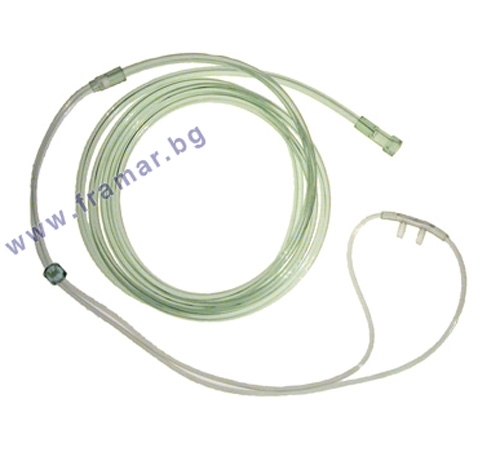
ПРАВА НОСНА КАНЮЛА ЗА КИСЛОРОДЕН КОНЦЕНТРАТОР КРОБЕР 2 метра (NASAL CANNULA KROEBER 2 мeter), цена и информация

Консумативи за кислородна терапия, принадлежности | Инвалидни колички, антидекубитални дюшеци, проходилки, помощни средства за възрастни хора, инвалиди, болни • Воев • София

Консумативи за кислородна терапия, принадлежности | Инвалидни колички, антидекубитални дюшеци, проходилки, помощни средства за възрастни хора, инвалиди, болни • Воев • София

Консумативи за кислородна терапия, принадлежности | Инвалидни колички, антидекубитални дюшеци, проходилки, помощни средства за възрастни хора, инвалиди, болни • Воев • София

Наемане на кислородни концентратори, бутилки | Инвалидни колички, антидекубитални дюшеци, проходилки, помощни средства за възрастни хора, инвалиди, болни • Воев • София

Консумативи за кислородна терапия, принадлежности | Инвалидни колички, антидекубитални дюшеци, проходилки, помощни средства за възрастни хора, инвалиди, болни • Воев • София

